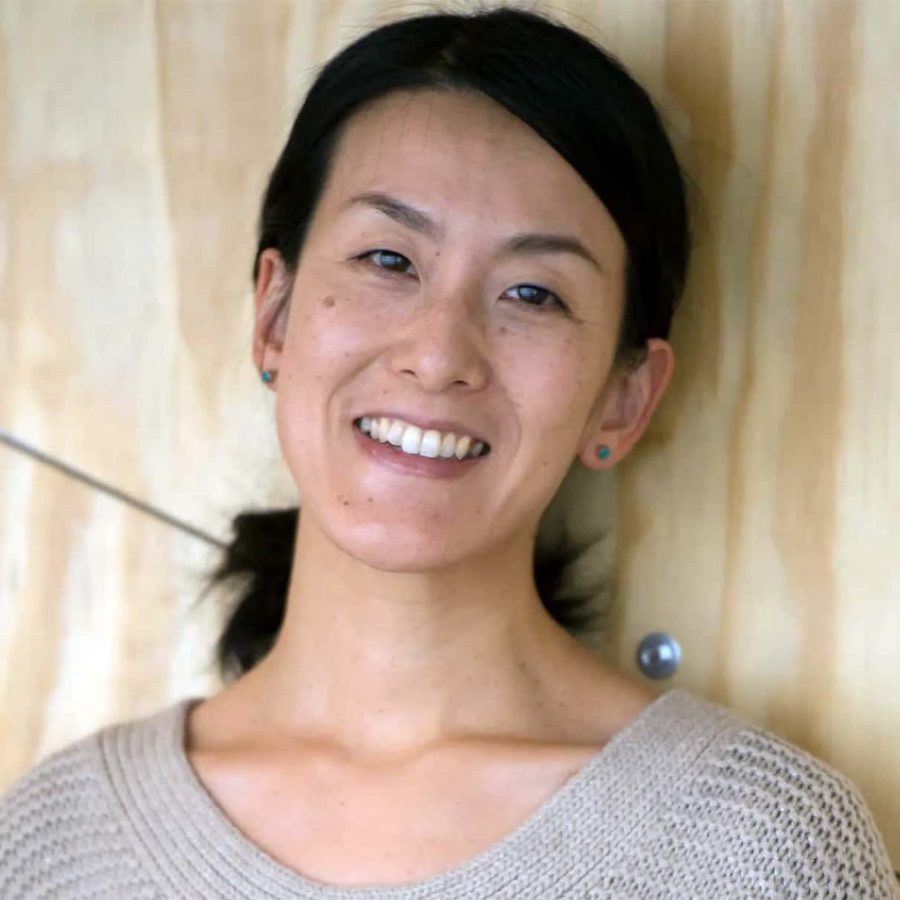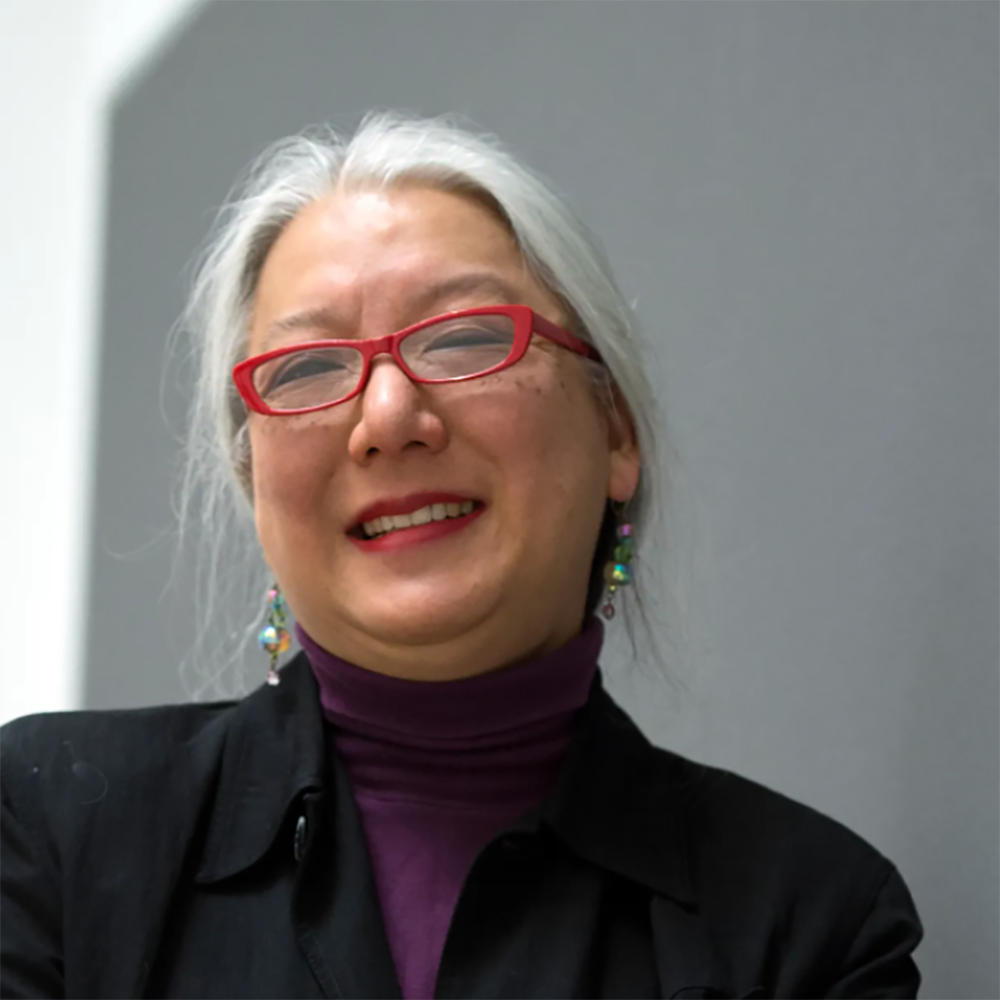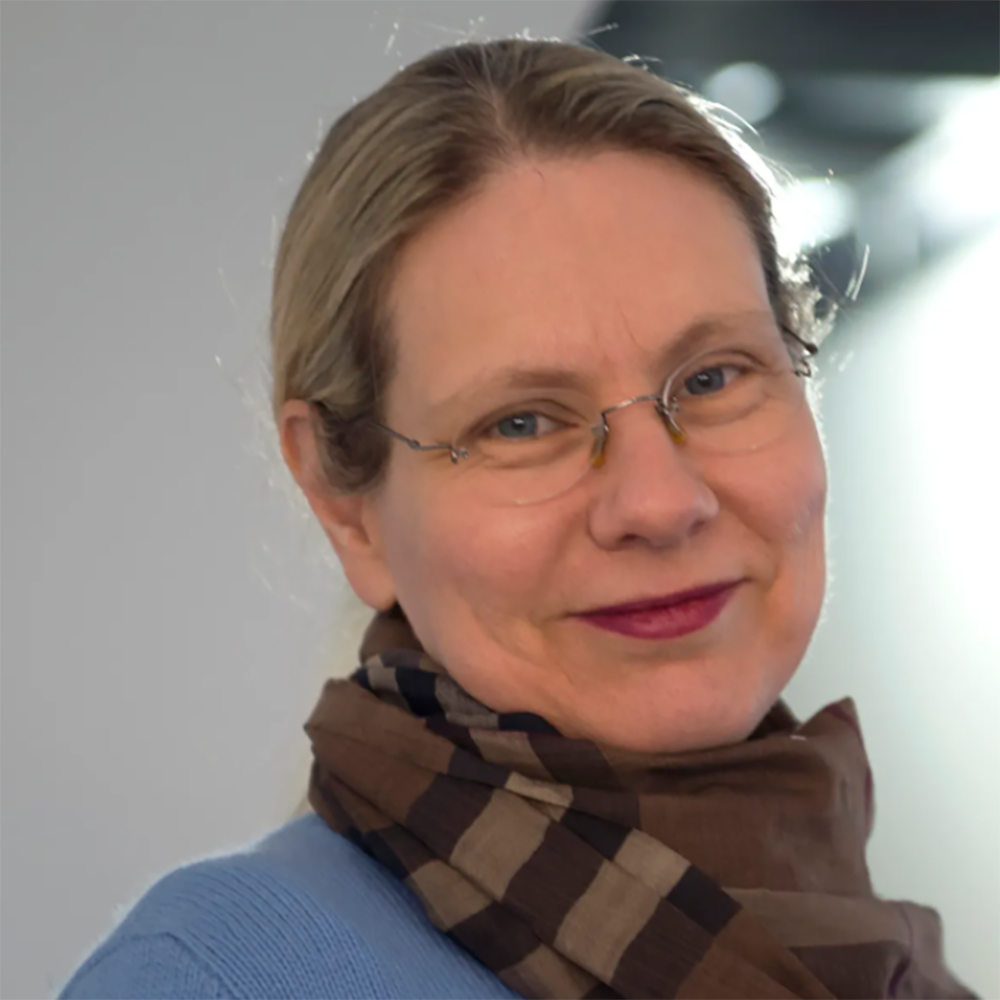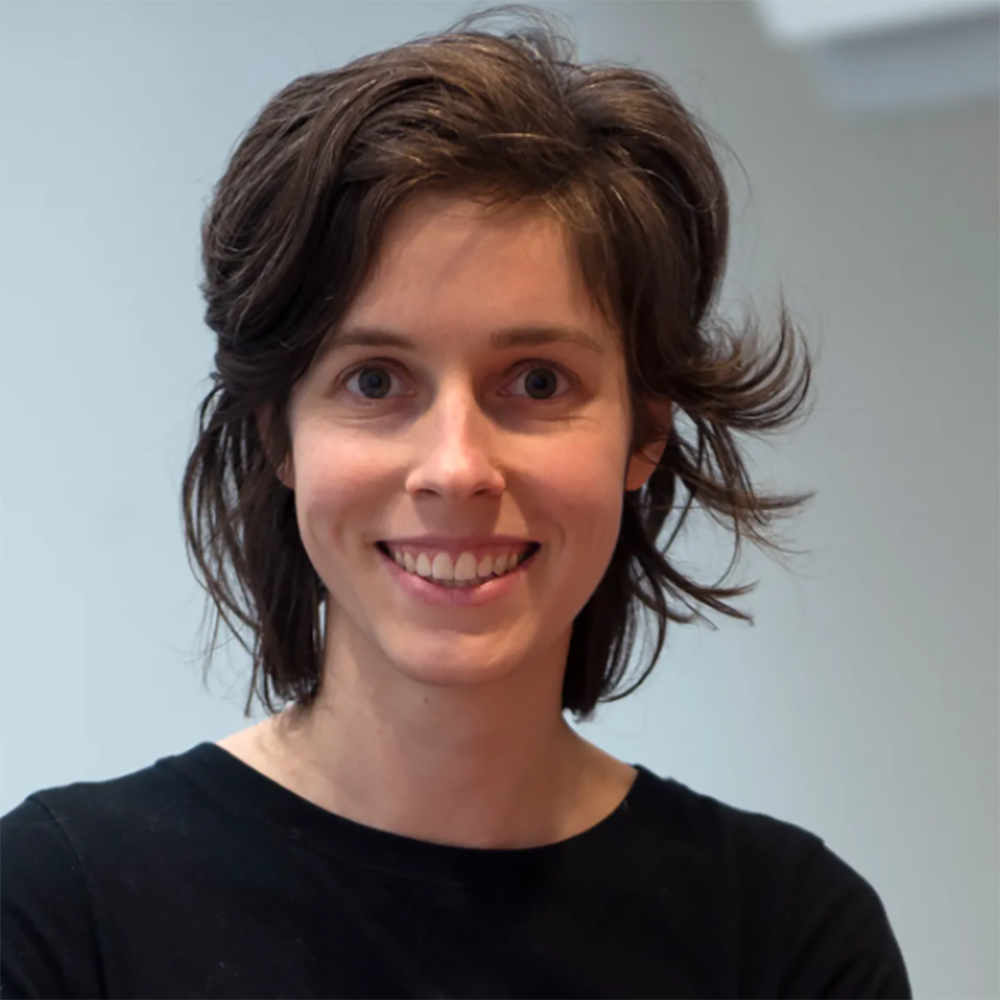2015 : Ohio Women to Watch – Organic Matters
Ohio Artists Showcased for the National Exhibition
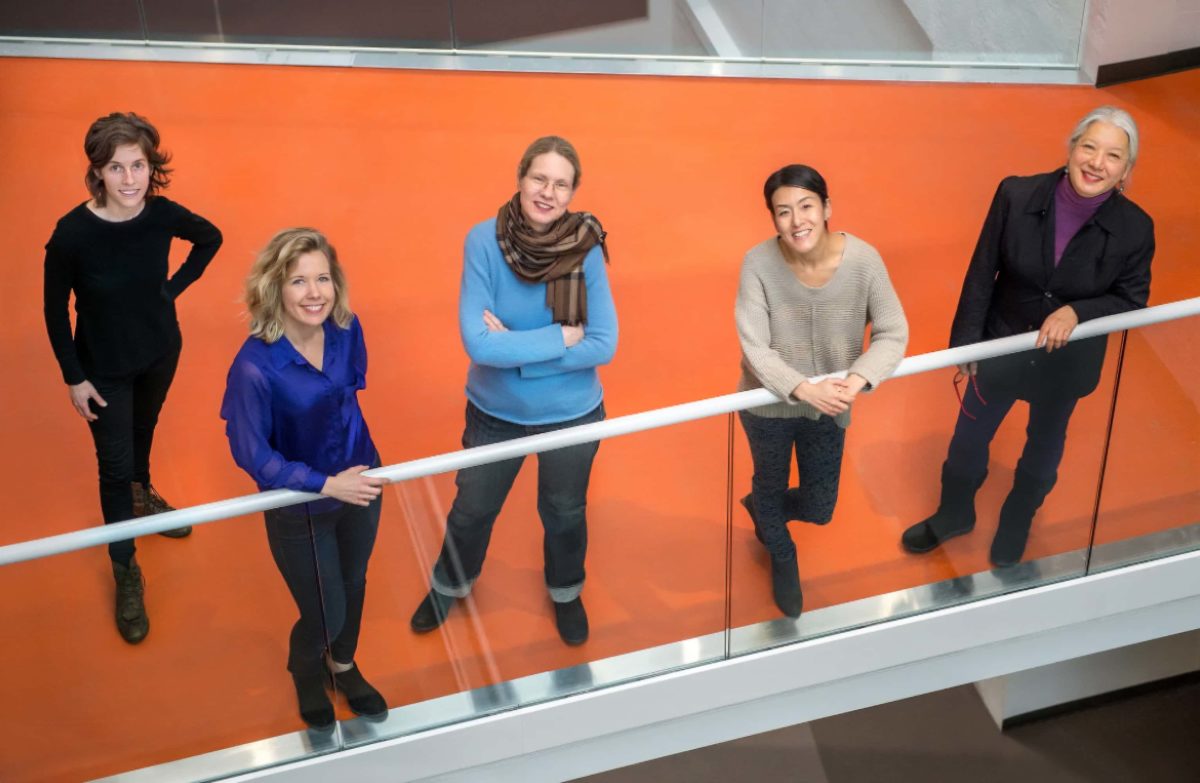
Initiated by the Ohio Advisory Group of NMWA in partnership with the Cleveland Institute of Art, Women to Watch Ohio – 2015 showcased five outstanding women artists in the Institute’s Reinberger Galleries, April 2 – May 2, 2015. The artists were selected by Reto Thuering and Rose Bouthillier, curators at the Cleveland Museum of Art and moCa Cleveland.
Bruce Checefsky, Director of CIA’s Reinberger Galleries, selected the works for Women to Watch Ohio – 2015 and curated the exhibition with the assistance of the OAG’s Women to Watch intern, Jen Rokoski, a graduate student in the Art History and Museum Studies program at Case Western Reserve University. All five artists showcased in Women to Watch Ohio – 2015 were nominees for Organic Matters – Women to Watch 2015, an international exhibition, that occurs as part of a recurring series at NMWA in Washington DC.
Women to Watch Ohio – 2015 enjoyed excellent visibility and extended its reach through a keynote speech by NMWA Director, Dr. Susan Sterling, on the occasion of the exhibition opening. Public programs included a panel discussion with all five artists on the role of gender in the arts. The event was moderated by Women to Watch intern, Jen Rokoski.
The following artists were featured in Women to Watch Ohio – 2015.
Learn more about each artist and see their work.
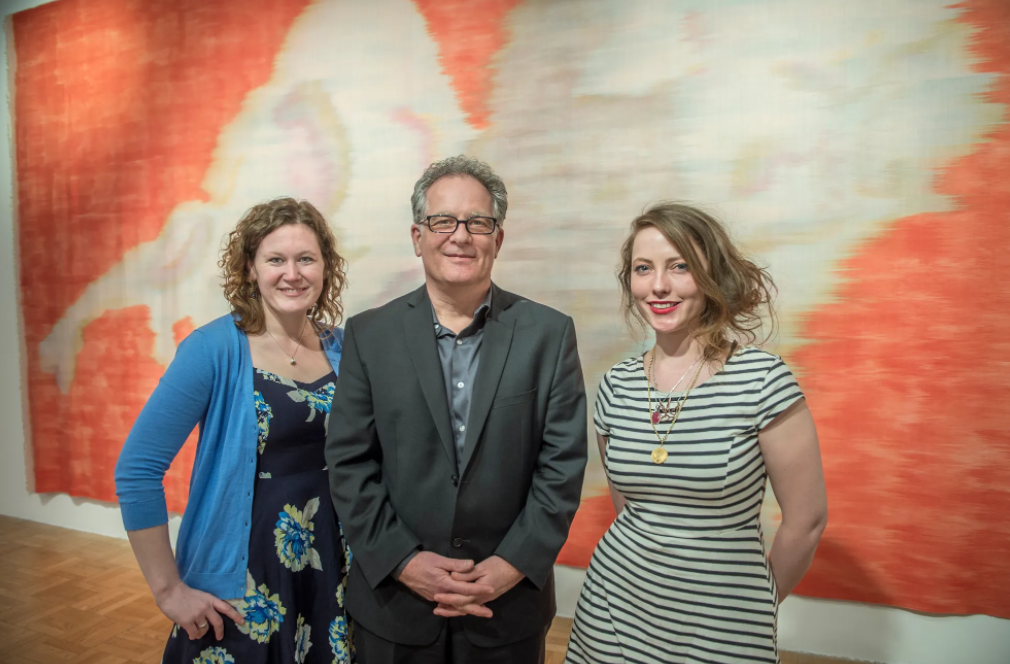
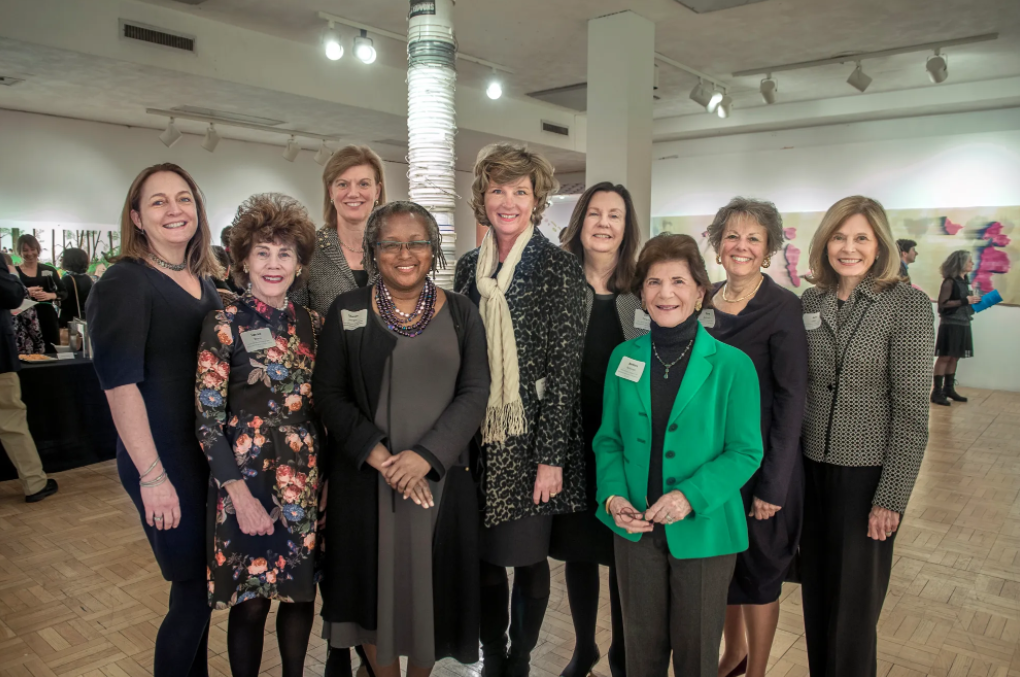
In 2015, the Ohio Advisory Group presented Women to Watch Ohio – 2015 in collaboration with the Cleveland Institute of Art. The exhibition featured five accomplished Ohio women artists who are pushing the boundaries of contemporary art in ceramics, tapestry, painting and drawing, photography, installation, printmaking, and mixed media.
Essay from Exhibition Catalog
by Jen Rokoski, Assistant Curator and OAG Women to Watch Intern
Ohio Presents Five Contemporary Takes on Aesthetic Greatness
In a 2008 article in The Independent, Andrew Johnson quoted the art critic Brian Sewell as saying, “The art market is not sexist. There has never been a first-rank woman artist. Only men are capable of aesthetic greatness.”
Shockingly clear in his statement is the under-appreciation of women artists that can also be seen in auction prices, museum collections, and professional wages worldwide. How, in the 21st century, can one still question the “aesthetic greatness” of female artists? Given that some 51% of visual artists today are women, why is it that only 5% of work on American museum walls is by women and work by women makes up only 5% of major permanent collections in the United States and Europe?
In Northeast Ohio there are many female artists who are nationally and internationally successful in their work as they continually push the boundaries of contemporary art. Their success refutes Sewell’s erroneous claim and deserves more recognition.
Women to Watch – Ohio celebrates the work of five of these emerging female artists: Christi Birchfield, Hildur Ásgeirsdóttir Jónsson, Mimi Kato, Eva Kwong, and Lauren Yeager. While hailing from across the country and around the world, all of these artists now call Northeast Ohio home. As women they unite for this exhibition, yet inherent in any artist’s work regardless of their sex is a unique combination of ideas and aesthetics that distinctly defines their art. As such, there is no need to define their art as collectively feminine in any way. Instead, themes such as the environment, the natural world, process, and abstraction reveal themselves and create dialogue among their oeuvres. Both present and past environments inspire all of these artists’ work.
Looking locally, Yeager investigates and revitalizes
everyday objects discovered around her Cleveland home. Her ongoing collections and unique perspectives breathe new life into items like traffic cones, mirrors, and yellow no. 2 pencils. Yeager’s work functions as an urban taxonomy of sorts, organizing, manipulating, and transforming the seemingly banal objects or systems surrounding her into something more interesting and often absurd. By transforming these found objects’ environments into the gallery space, Yeager also changes their meaning. Traffic cones become in conversation with one another in terms of size, shape, and relative positions rather than standing for their original function.
However, in a recent CIA exhibition catalogue for A Tale in Two Cities (2012), Yeager stated, “The relevance of my work does not depend on a specific geographic location, but a more common, contemporary experience of everyday urban and suburban life.” In this respect, Yeager’s work is more about interacting with any given environment in an effort to reimagine its organization, its meaning, and its active relationship with its participants.
Birchfield also looks to her surroundings for inspiration in an effort to create her own interpretation of a nature mort, or still life, that is anything but lifeless. She pushes the limitations of her chosen medium, transforming the act of printmaking into a performative juxtaposition of destruction and delicacy, organic and man-made. Birchfield’s prints and drawings become their own environments in a way and take on a life of their own—twisting, convulsing, breathing. The printing press transforms organic materials through their own destruction as they become one with the surface. Her writhing designs find a delicate combination between chaos and harmony, emphasizing symmetry yet embracing the unexpectedness of the printing process.
“Invested in the unique stains and texture each run produces, I am distanced again by the insensitive and aggressive act of making…”
Christi Birchfield
“Invested in the unique stains and texture each run produces, I am distanced again by the insensitive and aggressive act of making,” Birchfield explains, emphasizing her works’ inherent dichotomy of delicacy and violence. The natural and man-made worlds converge, both contributing to the accidental marks, stains, and creation of her art.
Like Yeager’s pseudoscientific sets, one is continually reminded of production and continuation of time in Birchfield’s work. Her bilateral symmetrical prints hanging in the gallery, still sometimes embedded with traces of crushed flowers and plants that will fall off over time, are merely caught in a moment, referencing what once was and their complete destruction to come.
Process is also central to Jónsson’s textile-formed paintings. Still connected yet layers removed from the natural world, similar to Birchfield’s prints, Jónsson’s work consists of photographing, cropping, dyeing, and weaving. Her finished products become ghosts of the landscape of her native Iceland. Materiality takes on an even stronger meaning for Jónsson, who works in layers of interpretation via these diverse mediums, finally culminating in colorful woven tapestries stretched onto frames or (like her most recent works) heavily draped on gallery walls, further mirroring her beloved undulatingIcelandic landscape.
For the past thirty years, Jónsson has returned to Iceland and photographed her hikes throughout its countryside, looking specifically “for shapes and interaction of lines and shapes. The photographs trigger the memory of being in these places and they help with forms,” she explained in the catalogue of her most recent solo exhibition at The Frances Young Tang Teaching Museum and Art Gallery and the Reykjavik Art Museum (2013). Upon returning to her studio in Cleveland Heights, Jónsson searches for inspiration in her photographs in an effort to ground herself, literally and figuratively. Inasmuch, the finished product—altered in its cropping, organization, coloring, and most importantly its uniquely fused medium of weaving and painting—is morphed into a record of an experience and a mood rather than a landscape.
Mood, experience and landscape are in conversation in Kato’s performative photomontages, where she literally embeds herself into a traditional yet modernized Japanese landscape. Through relentless repetition, Kato’s impressively large photographic panels create a new theatrical space where the artist acts out all stereotypes, from revealing schoolgirl to overeager tourist. Playful yet at times confrontational, Kato disrupts the notion of “natural” through her various roles and manipulation of the landscape, from soda cans floating down the river to two schoolgirls caressing one another while their disapproving parents spy above (again, all played by Kato herself). One can spend hours looking at Kato’s sprawling colorful prints, discovering layers of narrative embedded in her fantastical environments, which reinvent the traditional Japanese screen format.
Inspired by both macrocosmic and microcosmic environments, Eva Kwong’s ceramic sculptures are manifestations of the natural world—in materiality, shape, and subject matter. “I am interested in the juxtaposition of mass/space, land/air, solid/hollow, male/female forms,” Kwong states. “I feel I am a hybrid constructed of opposites.”
These dualities find harmony in Kwong’s free-standing sculptures of anthropomorphic forms and wall installations of fantastically vibrant bacteria, diatoms, and cells. Her work is deeply personal and rooted in understanding herself and the environments surrounding her. Her sensuous, colorful, and playful forms speak to our organic world while conflating the fantastical, seeking to understand both micro and macro on her own terms.
Read more about Women to Watch 2015:
OAG and CIA Present Women to Watch Ohio (Press Release)
Review of the exhibit by Plain Dealer arts & architecture critic Steven Litt


